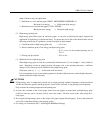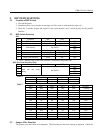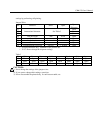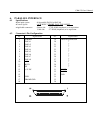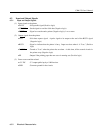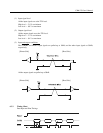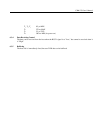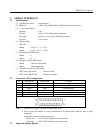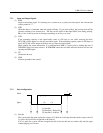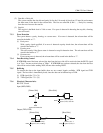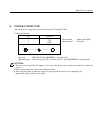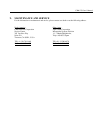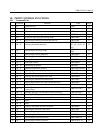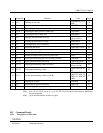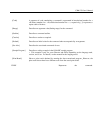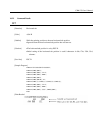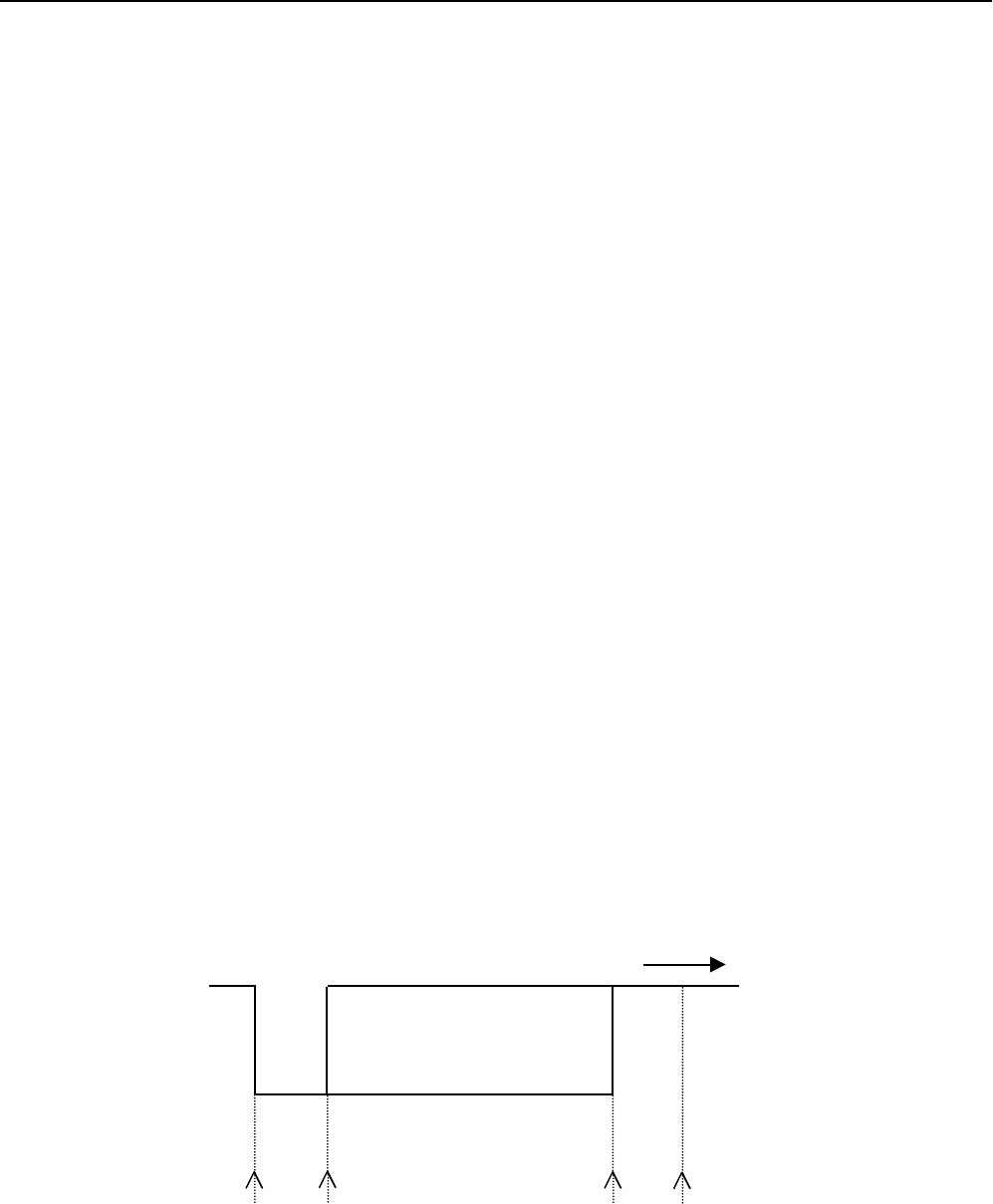
CBM-270 User’s Manual
7.3.1 Input and Output Signals
(1) RXD
Serial received data signal. If a framing error, overrun error, or parity error takes place, the relevant data
will be printed as "?".
(2) DTR
Write the data or a command when this signal is Ready. If you write at Busy, the previous data will be
ignored, resulting in an overrun error. The data can be written in the input buffer even during printing.
Busy is also issued at power-on, during test printing, at on-line, or at reset.
(3) TXD
If the remaining capacity of the input buffer comes to 128 bytes or less while receiving the data,
DC3(13H) will be output as a data not receivable signal. If the remaining capacity comes to 256 bytes or
more, DC1(11H) will be output to the host side as a data receivable signal.
When sending the status information, it is confirmed that DSR is a space prior to sending the data, if
DTR/DSR control has been selected. If DTR/DSR control has not been selected, the data will be sent,
ignoring the DSR signal.
(4) FG
Ground for the case
(5) GND
Common ground for the circuits
7.3.2 Data Configuration
t
Mark
b
0
, b
1
, b
2
, • • • •
Space (1) (2) (3)
(1) Start Bit
(2) Data Bit (+ Parity Bit)
(3) Stop Bit (1 or More)
(1) Start bit
The system reads the status again after a lapse of 1/2 bit from a fall edge from the mark to space, and if it
is a space, this bit will be recognized as the start bit.
If it is a mark, the system will not recognize the bit as the start bit and try to detect the start bit again
without judging it as an error.



